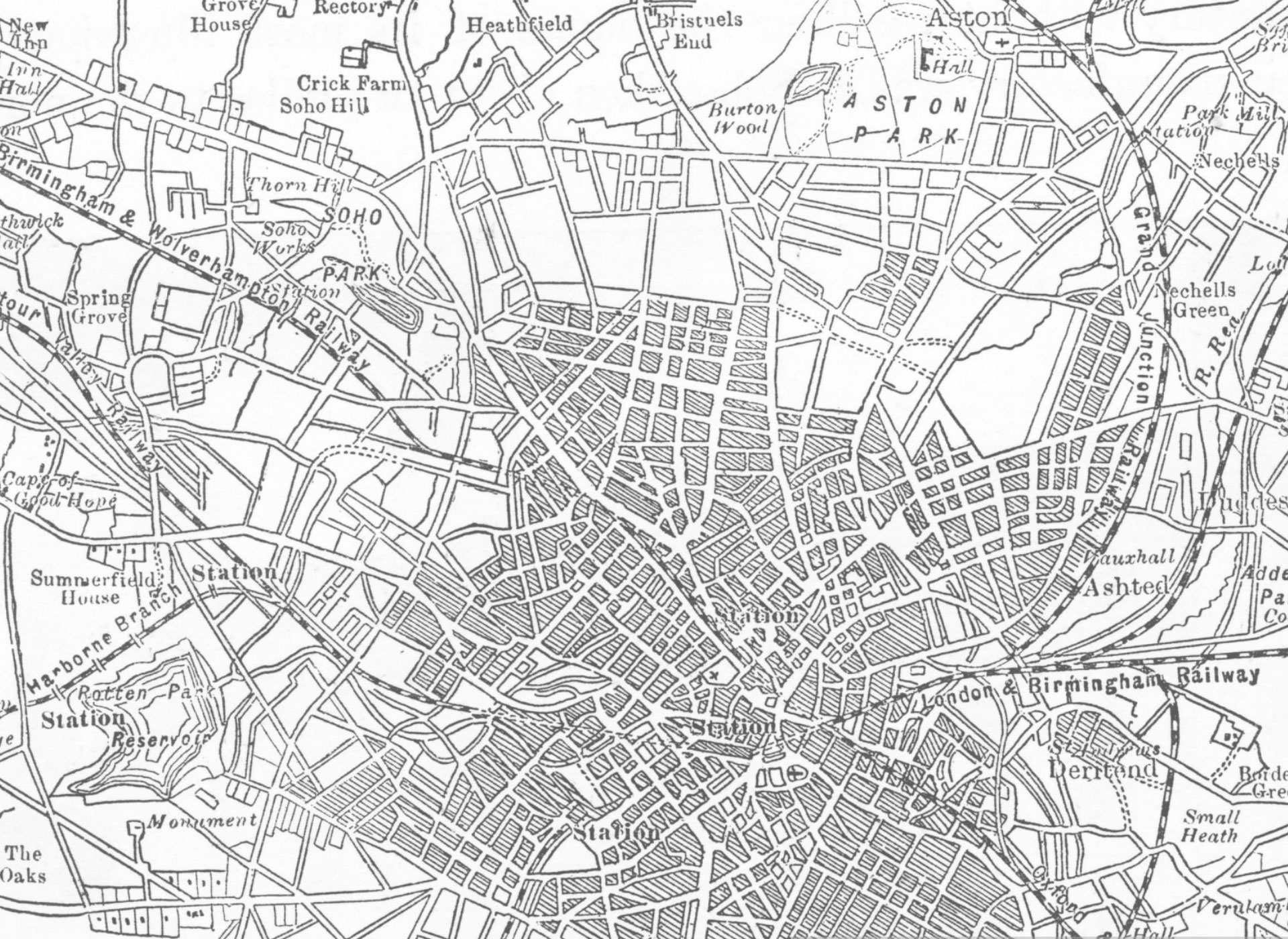Stalking and Harassment Explained | The Criminal Offences and Civil Remedies

There are different types of ‘Stalking’ and ‘Harassment’ and anyone can be a victim.
The offences constitute conduct which is intended to cause a person alarm or distress, which must occur on more than occasion, but may be different in nature each time.
Conduct amounting to harassment may be, for example:
- bullying at school or in the workplace
- cyber stalking (using the internet to harass someone)
- antisocial behaviour
- sending abusive text messages
- sending unwanted gifts
- unwanted phone calls, letters, emails or visits.
Stalking is a more aggressive form of harassment generally involving the stalker having an obsession with their victim and may involve conduct such as:
- watching or spying on someone
- repeatedly following a person
- attending the victim’s home constantly.
The offences of stalking and harassment are covered by the Protection from Harassment Act 1997 (‘the Act’).
The Civil Law enables a victim, or potential victim, where the commission of an offence may be reasonably anticipated, obtain an Injunction preventing a person committing any breaches under the Act. A breach of such Injunction may, in itself, result in a criminal prosecution.
Helen Holder of KANGS outlines the law, criminal offences and civil remedies available.
The Relevant Law | Harassment
The Act states:
‘1. Prohibition of harassment.
(1) A person must not pursue a course of conduct—
(a) which amounts to harassment of another, and
(b) which he knows or ought to know amounts to harassment of the other.
(1A) A person must not pursue a course of conduct —
(a) which involves harassment of two or more persons, and
(b) which he knows or ought to know involves harassment of those persons, and
(c) by which he intends to persuade any person (whether or not one of those mentioned above)—
(i) not to do something that he is entitled or required to do, or
(ii) to do something that he is not under any obligation to do.
(2) For the purposes of this section or section 2A(2)(c), the person whose course of conduct is in question ought to know that it amounts to or involves harassment of another if a reasonable person in possession of the same information would think the course of conduct amounted to harassment of the other.
Points of Note:
- Whilst harassment is not defined within the Act, the wording ‘a course of conduct’ clearly requires more than a single occurrence. However, a ‘one off’ event may still suffice in certain circumstances.
- Subsection (2} outlines the basis for conviction when a ‘reasonable person’ having the same information as the accused ought to have known that the conduct would be considered harassment.
- Potential defences are provided by subsection (3) as follows:
‘Subsection (1) or (1A) does not apply to a course of conduct if the person who pursued it shows—
(a) that it was pursued for the purpose of preventing or detecting crime,
(b) that it was pursued under any enactment or rule of law or to comply with any condition or requirement imposed by any person under any enactment, or
(c) that in the particular circumstances the pursuit of the course of conduct was reasonable.’
- A person guilty of an offence under this section is liable on summary conviction, before a Magistrates’ Court, to a fine not exceeding level 5 on the standard scale, imprisonment for a term not exceeding six months or both.
Stalking
‘2A Offence of stalking
(1) A person is guilty of an offence if—
(a) the person pursues a course of conduct in breach of section 1(1), and
(b) the course of conduct amounts to stalking.
(2) For the purposes of subsection (1)(b) (and section 4A(1)(a)) a person's course of conduct amounts to stalking of another person if—
(a) it amounts to harassment of that person,
(b) the acts or omissions involved are ones associated with stalking, and
(c) the person whose course of conduct it is, knows or ought to know that the course of conduct amounts to harassment of the other person.
(3) The following are examples of acts or omissions which, in particular circumstances, are ones associated with stalking—
(a) following a person,
(b) contacting, or attempting to contact, a person by any means,
(c) publishing any statement or other material—
(i) relating or purporting to relate to a person, or
(ii) purporting to originate from a person,
(d) monitoring the use by a person of the internet, email or any other form of electronic communication,
(e) loitering in any place (whether public or private),
(f) interfering with any property in the possession of a person,
(g) watching or spying on a person.
Notes:
• Offences which result in a victim perceiving the fear of violence, as a result of an offence, are looked upon more harshly by the Courts and likely to attract harsher punishments.
• A person guilty of an offence under this section is liable on summary conviction before a Magistrates’ Court to a fine not exceeding level 5 on the standard scale, imprisonment for a term not exceeding 51 weeks or both.
Putting people in fear of violence
Section 4 provides:
‘ (1) A person whose course of conduct causes another to fear, on at least two occasions, that violence will be used against him is guilty of an offence if he knows or ought to know that his course of conduct will cause the other so to fear on each of those occasions.
(2) For the purposes of this section, the person whose course of conduct is in question ought to know that it will cause another to fear that violence will be used against him on any occasion if a reasonable person in possession of the same information would think the course of conduct would cause the other so to fear on that occasion.
Notes:
- Section (3) provides a defence where the person charged can show that—
‘ (a) his course of conduct was pursued for the purpose of preventing or detecting crime,
(b) his course of conduct was pursued under any enactment or rule of law or to comply with any condition or requirement imposed by any person under any enactment, or
(c) the pursuit of his course of conduct was reasonable for the protection of himself or another or for the protection of his or another’s property.’
- A person guilty of an offence under this section is liable—
(a) on conviction on indictment before a Crown Court, to a fine, imprisonment for a term not exceeding ten years or both.
(b) on summary conviction before a Magistrates’ Court, to a fine not exceeding the statutory maximum, imprisonment for a term not exceeding six months or both.
- If, following a Trial before a Jury, the accused is found not guilty of this offence he may still be found guilty of an offence of harassment or stalking.
(6)The Crown Court has the same powers and duties in relation to a person who is by virtue of subsection (5) convicted before it of an offence under section 2 or 2A as a magistrates’ court would have on convicting him of the offence.
Stalking involving fear of violence or serious alarm or distress
Section 4A states:
‘(1) A person (“A”) whose course of conduct—
(a) amounts to stalking, and
(b) either—
(i) causes another (“B”) to fear, on at least two occasions, that violence will be used against B, or
(ii) causes B serious alarm or distress which has a substantial adverse effect on B's usual day-to-day activities,
is guilty of an offence if A knows or ought to know that A's course of conduct will cause B so to fear on each of those occasions or (as the case may be) will cause such alarm or distress.
(2) For the purposes of this section A ought to know that A's course of conduct will cause B to fear that violence will be used against B on any occasion if a reasonable person in possession of the same information would think the course of conduct would cause B so to fear on that occasion.
(3) For the purposes of this section A ought to know that A's course of conduct will cause B serious alarm or distress which has a substantial adverse effect on B's usual day-to-day activities if a reasonable person in possession of the same information would think the course of conduct would cause B such alarm or distress.
Notes:
- It is a defence for the accused to show that his conduct:
(a) was pursued for the purpose of preventing or detecting crime,
(b) was pursued under any enactment or rule of law or to comply with any condition or requirement imposed by any person under any enactment, or
(c) was reasonable for his own protection or that of another or for the protection of property of either of them.
- A person guilty of an offence under this section is liable—
(a) on conviction on indictment before a Crown Court, to a fine, imprisonment for a term not exceeding ten years or both.
(b) on summary conviction before a Magistrates’ Court, a fine not exceeding the statutory maximum, to imprisonment for a term not exceeding the general limit in a Magistrates’ Court or both.
- If, following a Trial before a Jury, the accused is found not guilty of this offence he may still be found guilty of an offence of harassment or stalking.
Civil remedies
As stated above, there are civil remedies available to prevent a person committing breaches under the legislation and to protect a victim or potential victim.
The Act provides:
‘3 Civil Remedy
(1) An actual or apprehended breach of section 1(1) may be the subject of a claim in civil proceedings by the person who is or may be the victim of the course of conduct in question.
(2) On such a claim, damages may be awarded for (among other things) any anxiety caused by the harassment and any financial loss resulting from the harassment.
(3) Where—
(a) in such proceedings the High Court or the county court grants an injunction for the purpose of restraining the defendant from pursuing any conduct which amounts to harassment, and
(b) the plaintiff considers that the defendant has done anything which he is prohibited from doing by the injunction,
the plaintiff may apply for the issue of a warrant for the arrest of the defendant….
3A Injunctions to protect persons from harassment within section 1(1A)
(1) This section applies where there is an actual or apprehended breach of section 1(1A) by any person (“the relevant person”).
(2) In such a case—
(a) any person who is or may be a victim of the course of conduct in question, or
(b) any person who is or may be a person falling within section 1(1A)(c), may apply to the High Court or the county court for an injunction restraining the relevant person from pursuing any conduct which amounts to harassment in relation to any person or persons mentioned or described in the injunction.
Notes
- A person can be held both civilly and criminally liable for committing the offences of harassment and stalking and for the breach of an Injunction.
- a victim may also claim civil damages.
- In the event that the accused is ultimately acquitted of criminal conduct the complainant may still be entitled to protection through the courts.
Section 5A provides:
‘(1) A court before which a person (“the defendant”) is acquitted of an offence may, if it considers it necessary to do so to protect a person from harassment by the defendant, make an order prohibiting the defendant from doing anything described in the order.
(2) The order may have effect for a specified period or until further order.’
How Can We Assist?
If you are, or should you become, involved in litigation related to stalking or harassment it is essential that you seek immediate, experienced professional support and guidance. The Team at KANGS offers great experience gained from supporting clients facing such worrying circumstances over many years and will be delighted to assist you.
We welcome enquires by:
Telephone: 0333 370 4333
Email: info@kangssolicitors.co.uk
We provide initial no obligation discussion at our three offices in London, Birmingham and Manchester. Alternatively, discussions can be held virtually through video conferencing or telephone.







